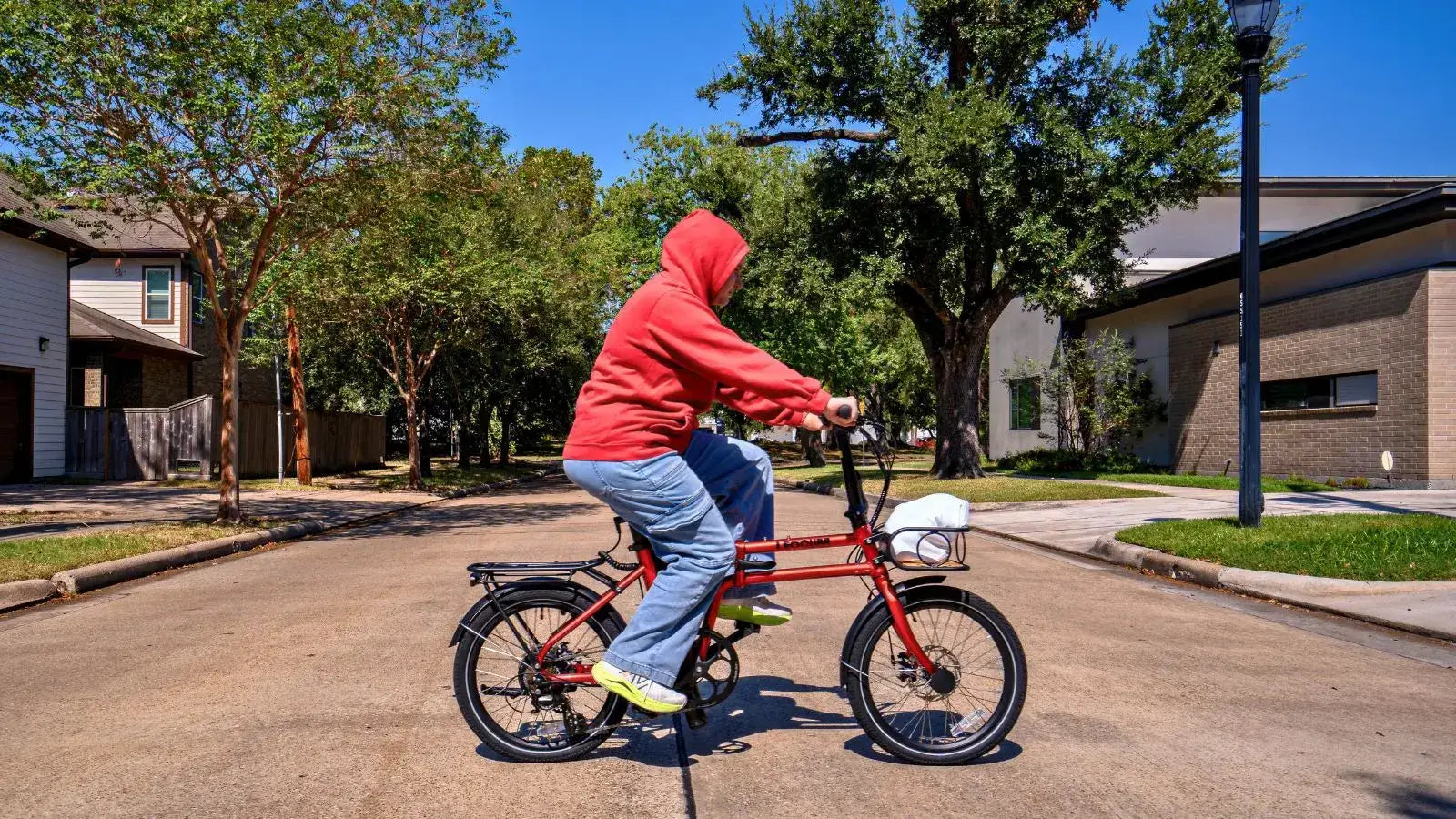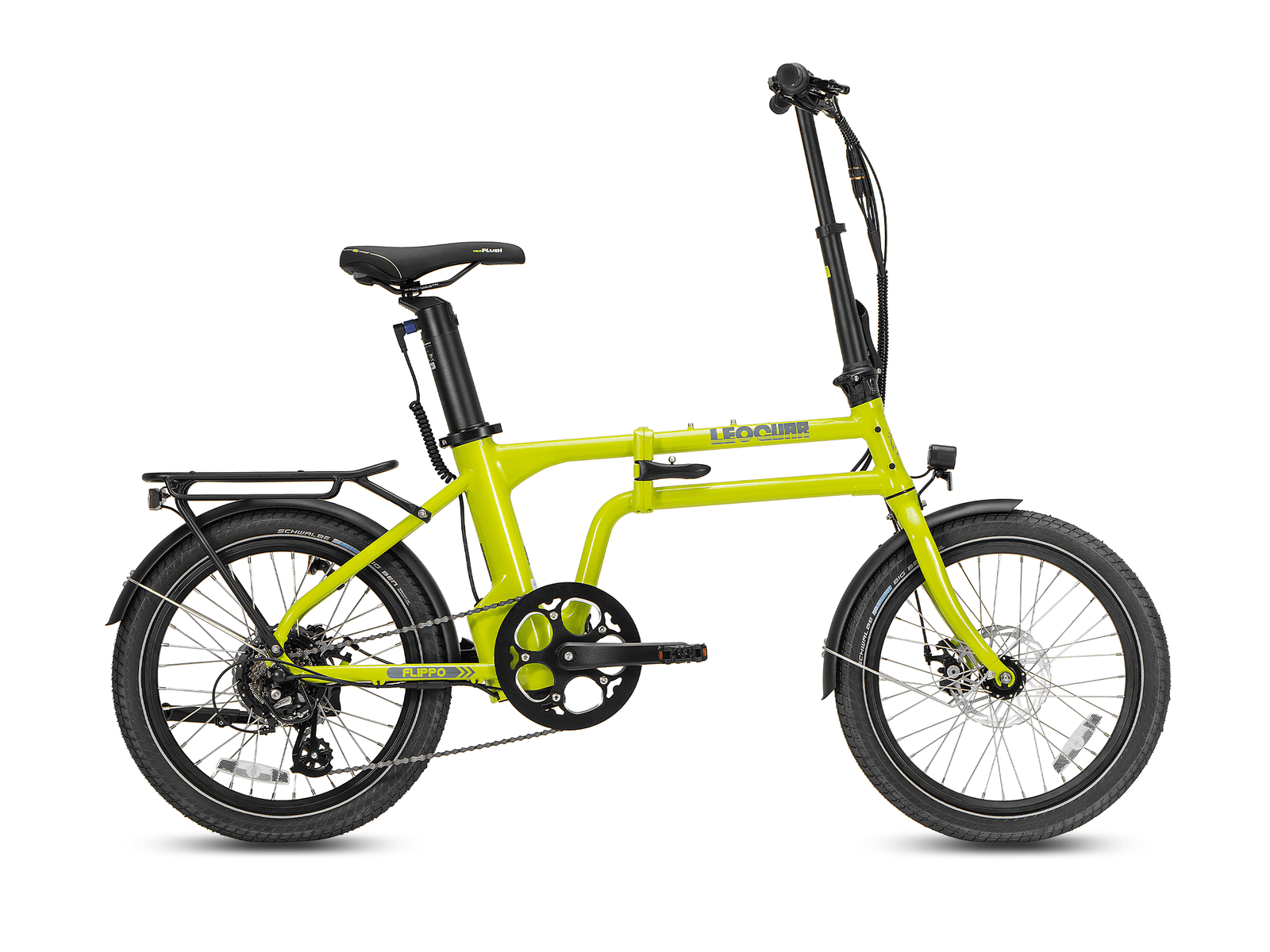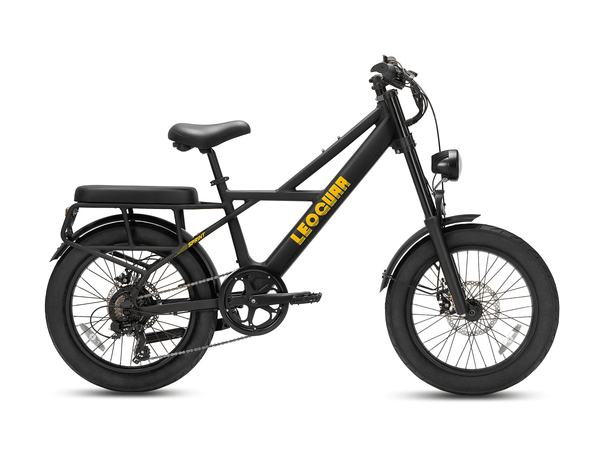
Cheap Fast Electric Bike: How Much Speed Can You Get Without Breaking the Bank
Finding the Perfect Balance: Speed, Price, and Safety
Looking for a cheap fast electric bike is exciting. You want speed without spending too much money. We understand that feeling. But can you really get great speed without breaking the bank?
The answer is yes, but "fast" and "cheap" mean different things to different people. You need to find the right balance between speed, safety, and price. Getting this wrong can lead to buying a bike you don't like or one that's dangerous.
This guide will give you realistic expectations and expert knowledge. We won't just list bikes for you. We'll explain what speeds you can actually get at different price levels. We'll look at the technical parts that create speed, the important trade-offs between speed and safety, and how to spot good deals. By the end, you'll know how to find a bike that gives you the speed you want at a price you can afford without giving up safety.
Understanding E-Bike Speed Categories
Before we talk about how fast a cheap fast electric bike can go, we need to understand the legal rules. These rules control e-bike speed in many places through a class system. These classifications, detailed in resources like the one on e-bike laws and policies, determine where and how you can ride. Understanding them is the first step in setting realistic expectations.
- Class 1: Pedal-assist only (the motor helps only when you pedal), with a maximum assisted speed of 20 mph (32 kph).
- Class 2: Has a throttle (no pedaling required) and a maximum motor-powered speed of 20 mph (32 kph). You can also pedal.
- Class 3: Pedal-assist only, with a maximum assisted speed of 28 mph (45 kph). It may or may not have a throttle that works up to 20 mph.
With this in mind, we can match these classes to realistic price points. Most good brands will not sell a street-legal bike that goes faster than 28 mph. Going faster would likely make it a moped or motorcycle.

E-Bike Speed & Price Tiers: A Realistic Guide
| Tier | Typical Price Range | Realistic Top Speed | Common Class |
|---|---|---|---|
| The Daily Commuter | Under $1,000 | 20 mph / 32 kph | Class 1 / 2 |
| The Speed Seeker | $1,000 - $1,800 | Up to 28 mph / 45 kph | Class 3 |
| The "Off-Road Only" Beast | Varies (often $1,500+) | 30+ mph / 48+ kph | Unclassified / Off-Road |
The Daily Commuter (Under $1,000): Bikes in this tier are the workhorses of the budget e-bike world. They are typically Class 1 or 2, topping out at 20 mph. This is plenty of speed for city commuting, bike paths, and easy rides. The focus here is on low cost and usefulness over raw performance.
The Speed Seeker ($1,000 - $1,800): This is the sweet spot for finding a cheap fast electric bike. In this range, you'll find many excellent Class 3 ebike that can reach 28 mph with pedal assist. This extra speed makes a big difference when keeping up with traffic on city streets. This is the fastest you can legally go on most public roads and bike paths without needing special licensing.
The "Off-Road Only" Beast (Varies): Any bike advertised with speeds of 30, 40, or even 50+ mph is not a standard e-bike. These are unclassified, high-powered machines meant strictly for private property and off-road use. Riding them on public roads or bike paths is often illegal and can result in fines and taking away your bike.
The Important Parts That Make Speed
What separates a 20 mph commuter from a 28 mph speed seeker? It's not just one part, but a system of parts working together. On a budget, manufacturers have to make smart choices, and understanding these helps you read a spec sheet like a pro.
Motor Power
You'll see motors advertised with wattage figures like 500W or 750W. But it's important to understand the difference between nominal and peak wattage. Nominal power is the motor's continuous, sustainable output. Peak power is the maximum it can produce for short bursts, like during acceleration.
Think of nominal as a car's cruising horsepower and peak as the power you get when you floor it. A cheap fast electric bike will typically have a 500W or 750W nominal motor, which is more than enough to reach Class 3 ebike speeds. Don't be fooled by very high peak power claims; nominal power is a much better indicator of real-world performance.
Battery Voltage
If wattage is the power, voltage is the "push." It's the force that sends electricity from the battery to the motor. A higher voltage system allows the motor to get up to speed faster and maintain that top speed more easily, especially under load (like going up a hill). In the budget market, you'll commonly see 36V and 48V systems.
While a 36V system is fine for 20 mph bikes, a 48V system is almost standard for any bike aiming for 28 mph. It provides the necessary punch for quicker acceleration and better performance.
The Controller
The controller is the brain of the e-bike. It's a small box of electronics that takes input from your throttle or pedal sensor and tells the battery how much power to release to the motor. It acts as the gatekeeper for speed and power. In a cheap fast electric bike, the controller is often what limits the top speed to comply with legal classifications.
While some users modify or replace controllers to "unlock" higher speeds, this is often illegal, can void your warranty, and puts huge strain on the motor and battery, risking early failure.
The Compromise Triangle
When shopping for a cheap fast electric bike, you'll face a basic trade-off. We call it the Compromise Triangle: Speed, Range, and Quality. On a budget, you can usually only pick two.
- Fast Speed & Long Range: To achieve this while keeping the price low, manufacturers often have to use lower-quality parts. This can mean less reliable brakes, a heavier frame, or cheaper battery cells that break down faster.
- Fast Speed & High Quality: To hit a budget price point with good parts and high speed, the compromise is often range. The bike may come with a smaller, less expensive battery, meaning you'll be recharging more often.
- Long Range & High Quality: If you want a bike with a big battery and strong parts, the speed is often the first thing to be given up to keep it affordable. The bike will likely have a less powerful motor, capping it at Class 1 or 2 speeds.
Understanding this triangle is your most powerful tool. It helps you see past the marketing and understand the real value of any bike you're considering.
Safety and Legal Checks
The excitement of a high top speed can be blinding, but as experts who test these bikes regularly, we urge you to look beyond the speedometer. For a cheap fast electric bike, safety and legality are not just afterthoughts—they are most important.
Stopping Power
This is our number one rule: the faster the bike, the better the brakes need to be. This is non-negotiable. At speeds over 20 mph, stopping distance increases dramatically. You will find two main types of disc brakes on budget e-bikes:
- Mechanical Disc Brakes: These are cable-operated. They offer decent stopping power and are acceptable for Class 1/2 bikes.
- Hydraulic Disc Brakes: These use fluid to transfer force from the lever to the caliper, providing much stronger, more consistent, and more controlled stopping power with less hand effort.
They are cheaper and easier to maintain. For any bike that can reach 28 mph, we strongly recommend hydraulic disc brakes. They provide the margin of safety needed to control that speed, especially in an emergency stop or wet conditions.
Battery Safety
The lithium-ion battery is the most expensive and potentially most dangerous part of your e-bike. There has been a frightening rise in devastating fires caused by cheap, uncertified e-bike batteries. This is why you must look for one crucial certification: UL 2849. This standard, referenced in CPSC warnings about uncertified e-bike batteries, means the entire electrical system—battery, charger, and controller—has undergone rigorous third-party testing for fire safety. If a brand cannot clearly state that its bike or battery is UL 2849 certified, walk away. It's not worth the risk to your property or your life.
Is It a Moped?
As we mentioned, bikes advertised with speeds well over 28 mph are entering a legal gray area. In many states and countries, a two-wheeled vehicle with a motor that can exceed 28 mph is no longer an "electric bicycle." It may be legally classified as a moped, motor-driven cycle, or even a motorcycle. This could require a driver's license, vehicle registration, insurance, and a license plate. Always check your local laws before purchasing a bike that exceeds Class 3 speed limits.

Spotting a Good Deal
Navigating the crowded market for a cheap fast electric bike can be tough. How do you distinguish genuine value from a bike that will fall apart in six months? Here is our final checklist. Use this simple table to quickly assess a potential purchase.
Red Flags vs. Green Flags
| Red Flags | Green Flags |
|---|---|
| Advertised speeds of 40+ mph with no mention of legality | Clear UL 2849 certification on the product page |
| No mention of UL certification anywhere | Hydraulic disc brakes on bikes advertised over 20 mph |
| Mechanical brakes on a 28 mph (Class 3) bike | Brand-name components (e.g., Shimano, Tektro, Bafang) |
| Generic, no-name components listed as "alloy" or "steel" | Positive reviews that specifically mention good customer service |
| Overwhelmingly negative reviews about customer support or warranty | Transparent and detailed specification sheets |
| Vague warranty information or a very short warranty period | A clear and reasonable warranty policy (1-year is standard) |
The Customer Support Test
In our experience testing bikes, the true value of a brand emerges when something goes wrong. A cheap price tag is tempting, but it means nothing if the bike becomes useless after a minor issue.
We've tested a sub-$1500 bike where a simple motor sensor failed. The "Green Flag" brand had a new part shipped with a helpful video tutorial within 72 hours. A "Red Flag" brand we tested took weeks to reply to a single email, leaving us with a useless bike. This post-purchase support is a huge, often invisible, part of what you pay for.
Before you buy, send a pre-sale question to the company's support email. Their response time and helpfulness can be a powerful indicator of the service you'll receive after they have your money. Ultimately, finding the right cheapest electric cycle is about being an informed buyer. By setting realistic expectations, understanding the technology, prioritizing safety, and knowing the red flags, you can confidently find a bike that delivers the exciting speed you're looking for without any buyer's remorse.
Frequently Asked Questions
1. Q: What's the fastest speed I can get on a cheap electric bike under $1,000?
A: Most cheap electric bikes under $1,000 are Class 1 or Class 2 bikes that top out at 20 mph. This speed is perfect for city commuting and bike paths, and it's fast enough for most daily needs.
2. Q: Is it legal to ride a 28 mph electric bike on bike paths?
A: It depends on your local laws. Class 3 e-bikes (28 mph) are legal on most roads but may be restricted on certain bike paths. Always check your local regulations before riding, as rules vary by state and municipality.
3. Q: How important is UL 2849 certification for e-bike batteries?
A: UL 2849 certification is extremely important for safety. This certification means the battery, charger, and controller have been tested for fire safety. Never buy an e-bike without this certification, as uncertified batteries have caused serious fires.
4. Q: Can I upgrade my e-bike to go faster than its original speed limit?
A: While technically possible, modifying your e-bike to exceed legal speed limits is often illegal, voids your warranty, and can damage the motor and battery. It's better to buy a bike that meets your speed needs from the start.
5. Q: What type of brakes do I need for a fast electric bike?
A: For any e-bike that can reach 28 mph, hydraulic disc brakes are strongly recommended. They provide much better stopping power and control than mechanical brakes, which is essential for safety at higher speeds.









































Leave a comment